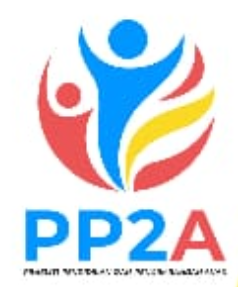Navigating Aging in Mumbai's Modern Urban Landscape: A Study of the Upper Economic Class
Keywords:
Aging, Upper Economic Class, Social Norms, Media Representation, Negative PerceptionAbstract
This research explores the perspectives of the upper economic classes in Mumbai on aging, with a particular focus on the impact of social norms and Bollywood media representation. Data was collected through a survey involving 32 individuals from this demographic using Google Forms and analyzed using SPSS with detailed statistical techniques. The findings of this study reveal a common negative perception of aging among affluent Mumbaikars, which is largely influenced by social norms and depictions of aging in Bollywood films. Participants expressed concerns about social pressure to maintain a youthful appearance and negative stereotypes related to aging in popular media. Additionally, other aspects of urban life, including work pressures and modern lifestyles, also influence their views on aging. Many participants adopted strategies such as meditation and a healthy lifestyle to combat age-related anxiety. This study highlights the importance of more inclusive media representation and improved health services to foster positive attitudes towards aging in a youth-centric culture like Mumbai. Policy recommendations include educational programs and media campaigns aimed at challenging age stereotypes and encouraging a more complex and diverse understanding of aging. This study also acknowledges limitations, including a sample size limited to one economic class and the use of survey methods that may not capture the full complexity of individual experiences. Therefore, further studies involving different economic classes and more in-depth qualitative methods are recommended to provide more comprehensive insights. Thus, this research contributes to the growing literature on aging in modern urban societies and offers a basis for more effective policy interventions.
Downloads

Published
How to Cite
Issue
Section
License
Copyright (c) 2024 Assyfa Journal of Multidisciplinary Education

This work is licensed under a Creative Commons Attribution-ShareAlike 4.0 International License.

 Department of Cultural Studies, Tezpur University, Tezpur, Assam, India
Department of Cultural Studies, Tezpur University, Tezpur, Assam, India












